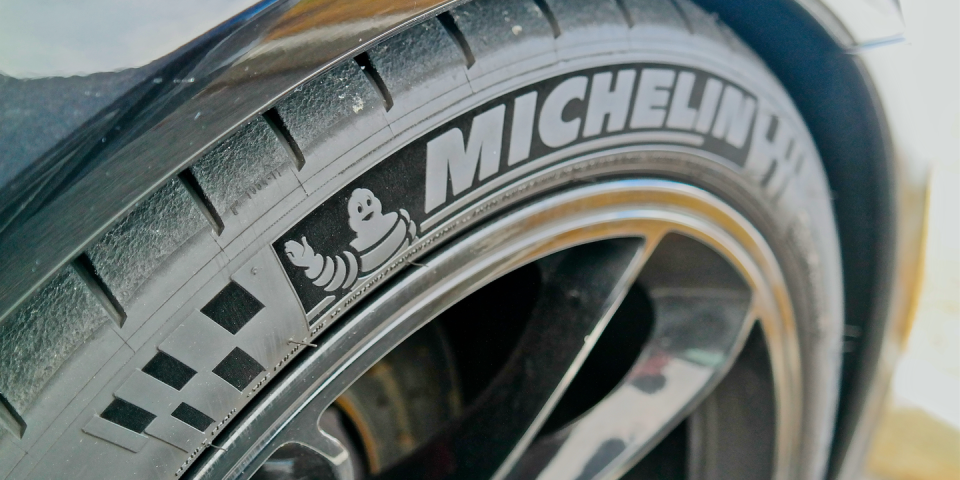Nitrogen Versus Compressed Air: Which is Better?

Odds are you don't give a second thought to what kind of air is in your tires. It's just air, right? Well, as Team O'Neil Rally School instructor Wyatt Knox explains, not all air is made equal. Moreover, stuff like nitrogen could give you the edge when it comes to monitoring tire temperatures on track.
It all comes down to moisture. Regular compressed air contains a bunch of water, so when it's heated up (during hard driving, for example), it expands rapidly and unpredictably. This could cause your tires to over-expand and work against the rubber's effectiveness. Depending on where in the world you're filling the tire, there could also be more or less moisture content, meaning even more unpredictability.
Nitrogen, on the other hand, is a much drier substance, and doesn't summon as much moisture as regular air when compressed into a tire. Because nitrogen-filled tires don't have as much moisture, they're less prone to expansion than those with only compressed air. As Knox points out, unlike normal air, the expansion of nitrogen can be carefully and accurately monitored with temperature, which means more predicability in competitive environments like stage rally or road racing.
Listen for yourself to see why nitrogen is used in tires, and which kind of air is best for your tires.
You Might Also Like

 Yahoo Autos
Yahoo Autos 